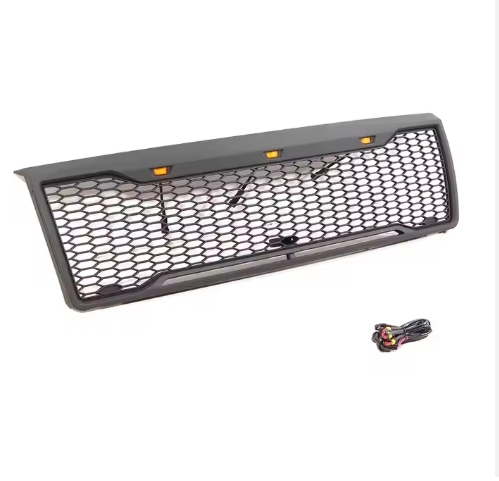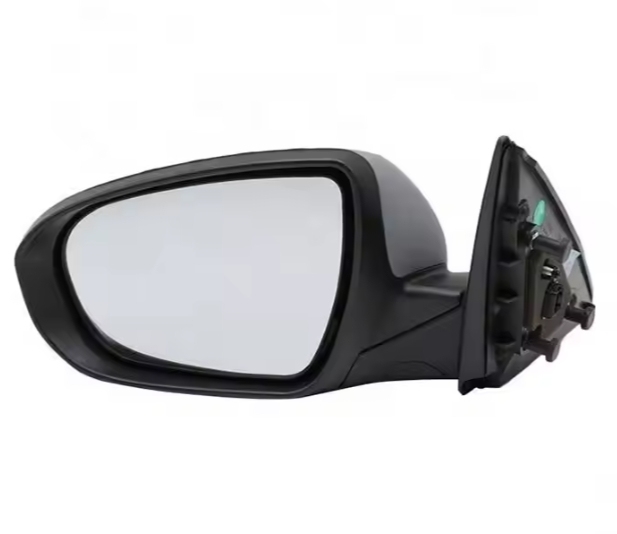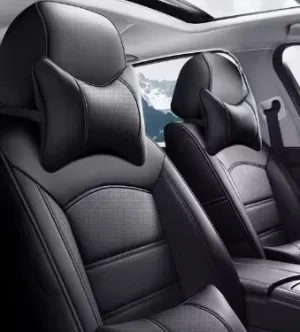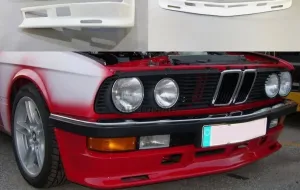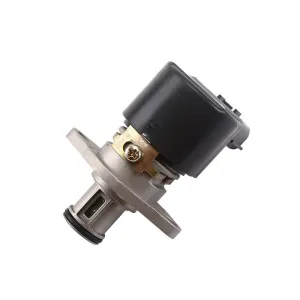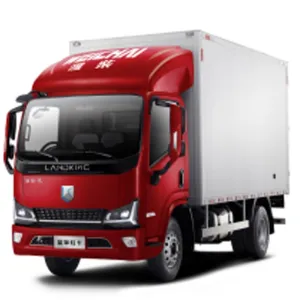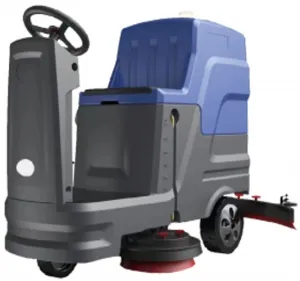Antifreeze color differentiation
The antifreeze coolant with the same basic composition but different color is generally mixed in the real maintenance market, but it will not cause damage to the Maiteng engine. The “antifreeze-coolant” used in cars is the same solution, and both terms are correct, because it has the function of anti-freezing and cooling (temperature control), in order to simplify reading hereinafter referred to as “antifreeze”. The main components of this solution include alcohols, two types of water, corrosion inhibitors and [colorants]; to understand why antifreeze has different but bright colors, you must first understand the characteristics of the three types of alcohols.
The core components of 01 Maiteng antifreeze
Ethylene glycol propylene glycol glycerol is used to make antifreeze of the main raw materials are these three, but generally is “one of the three”.
Among them, glycerol (commonly known as glycerol) is the least used, because of its high viscosity and high manufacturing cost, the use of this raw material will be a test for the “water pump” in the cooling circulation system of the internal combustion engine; unless the original vehicle design standard matches the vehicle with glycerol-based antifreeze, other vehicles are not recommended to use this antifreeze.
As for propylene glycol is rarely used because of its high manufacturing cost, or a small amount of ethylene glycol is added as the core raw material, what are the advantages of ethylene glycol?
The advantage of [ethylene glycol] is of course that the manufacturing cost is low, which is so low that not only antifreeze is used, but also several yuan of a barrel of glass water is also used; and the boiling point of ethylene glycol is as high as 197.4 ℃. In the running state of internal combustion engine at high temperature and high pressure, the antifreeze can absorb heat continuously through ethylene glycol in the flow process, ensuring that part of the water can not absorb the heat energy that can reach boiling to ensure stable cooling.
At the same time, there is a very low freezing point after the fusion of ethylene glycol and water. Starting from the pure water without ethylene glycol, the freezing point of the solution will gradually drop when the ratio is in the range of 1% to 60%. The highest 6:4 mixture can lower the freezing point to-48.3% ℃, which can meet the needs of vehicles in most areas, but more than 60% mixing will cause the freezing point to rise, so the proportion of ethylene glycol sold in areas with different winter temperatures will be less than 60%.
Important: the main component of ethylene glycol-based antifreeze is actually water, but water is divided into two types.
Distilled water deionized water ordinary raw water (including purified water) contains more magnesium hydroxide and calcium carbonate, these two substances will be precipitated in a high temperature environment, the resulting substance is commonly known as “water alkali”. If the antifreeze channel of the internal combustion engine is filled with this substance, and the antifreeze cannot circulate normally, the engine will be damaged at high temperature; so the water used in the antifreeze must be distilled water or deionized water after removing impurities, and then mixed with different amounts of ethylene glycol to become antifreeze, but why add colorant to the antifreeze? Please look at the second section.
02 two reasons
[warning to avoid accidental drinking] is one of the core factors that antifreeze must use brightly colored colorants!
Ethylene glycol is a highly toxic chemical. The proportion of its aqueous solution fused with water reaches the standard of “1.6g/kg”. As long as it is drunk by mistake, it may be fatal. This standard is 1.6 grams of ethylene glycol per kilogram of aqueous solution, and even the lowest proportion of antifreeze ethylene glycol will not be so low.
That’s why we need to use bright colors as a warning, but after the colors of all kinds of drinks are getting richer and richer, this kind of warning doesn’t seem to have the desired effect. Then the driver should store the unused parts properly after using antifreeze and glass water, so as to avoid contact between children and the elderly.
[fault efficient identification] is the original intention of antifreeze to distinguish different colors!
The supply chain systems of different car companies in different cars or in the same region may overlap but may also be completely different; to put it bluntly, the glass water and antifreeze purchased by some car companies will be so-and-so brands. the glass water and antifreeze purchased by other car companies are other brands. When different suppliers produce these two solutions, they use different suppliers of colorants, so the colors will be different.
So some vehicles use red glass water (really exist), use antifreeze should be yellow or green, otherwise the failure caused by leakage how to find the fault point quickly through the color? On the contrary, some vehicles use blue proportional water, and the antifreeze has to be yellow or red, which is why antifreeze also distinguishes a lot of colors.
As for whether antifreeze can be mixed is a controversial topic, some drivers think that it should not be mixed, because different ingredients may produce chemical reactions; however, ethylene glycol and propylene glycol can be mixed, and ethylene glycol and glycerol are also miscible. Propylene glycol and glycerol are also miscible and will not react. As for the type of corrosion inhibitor is also basically the same, so there is nothing to worry about.
However, there are some differences in the boiling point and viscosity of these three substances, and it is better to mix them with the same basic type; this is why the maintenance market is often mixed with vehicles, but there is no problem.
Maiteng also needs to follow the instructions of professional technicians to change the antifreeze so as to avoid unnecessary trouble.


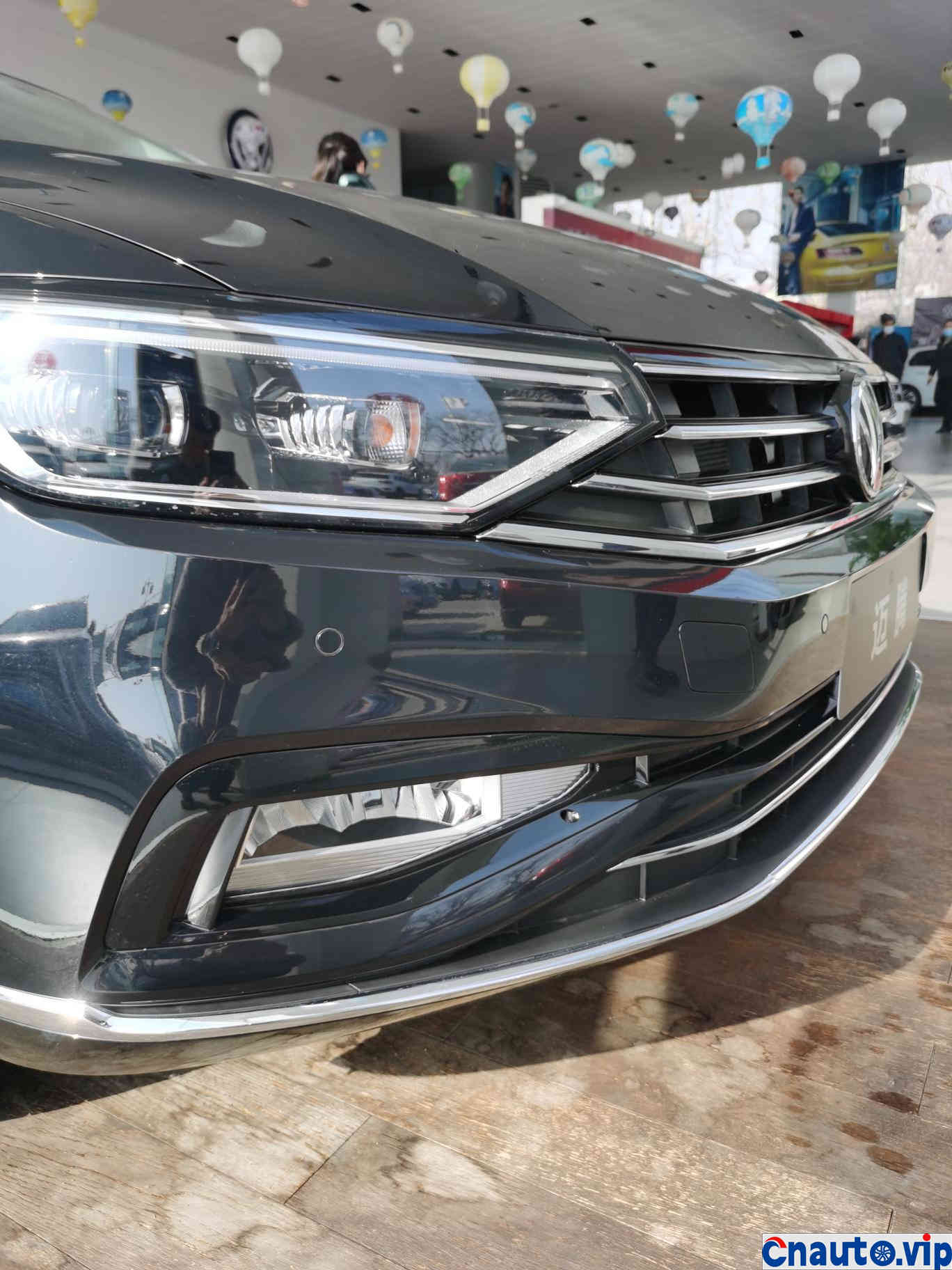

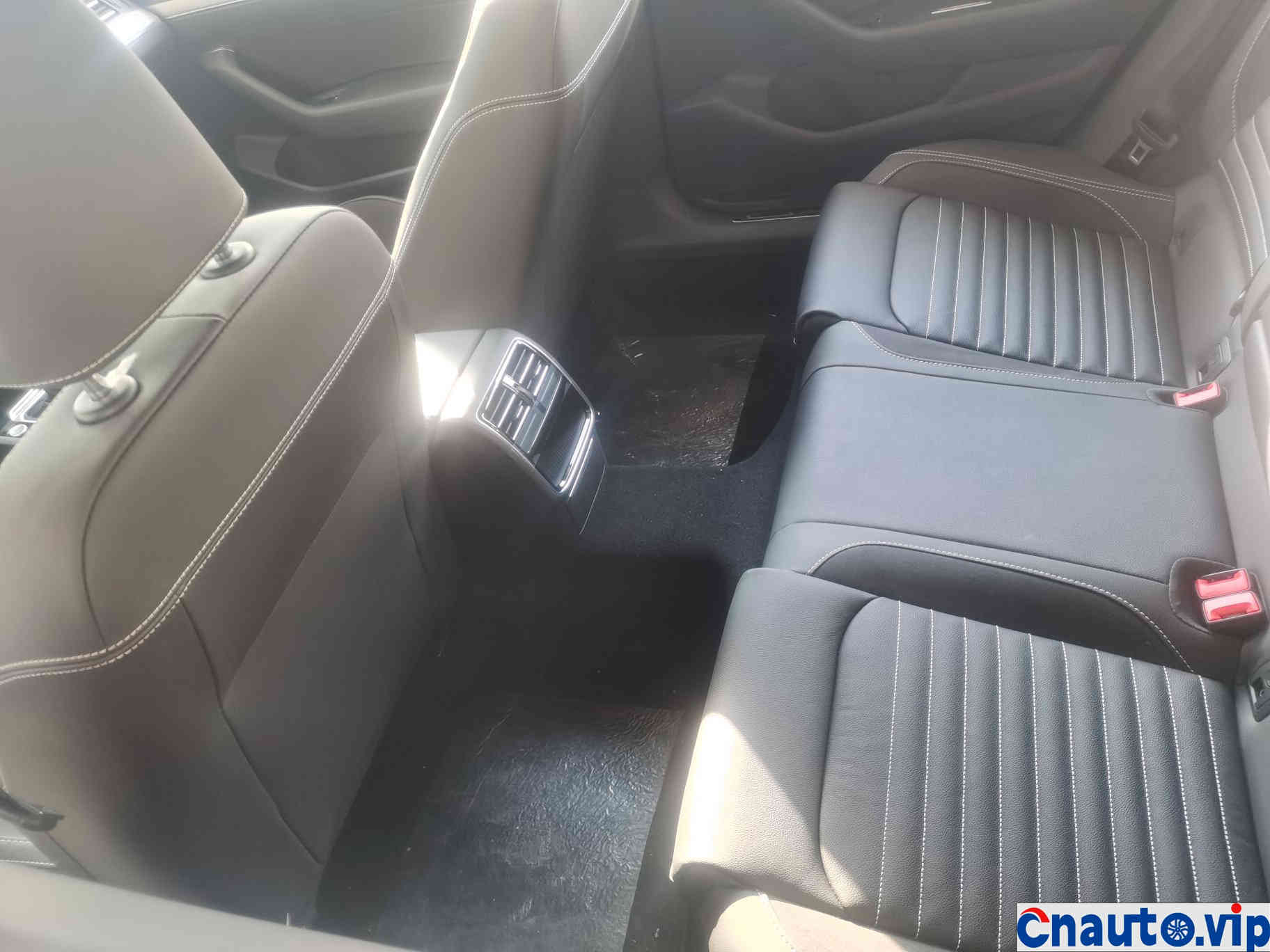

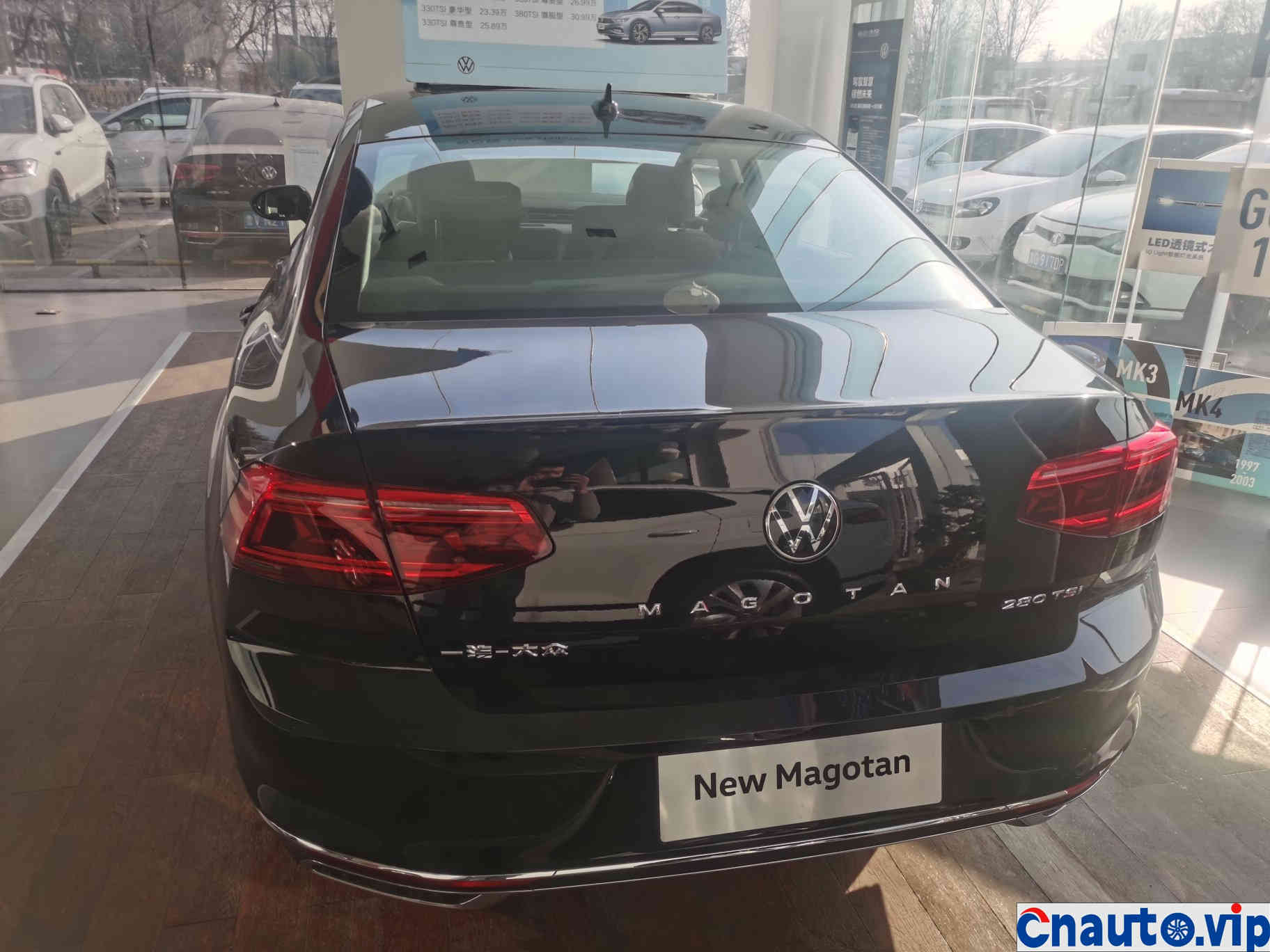


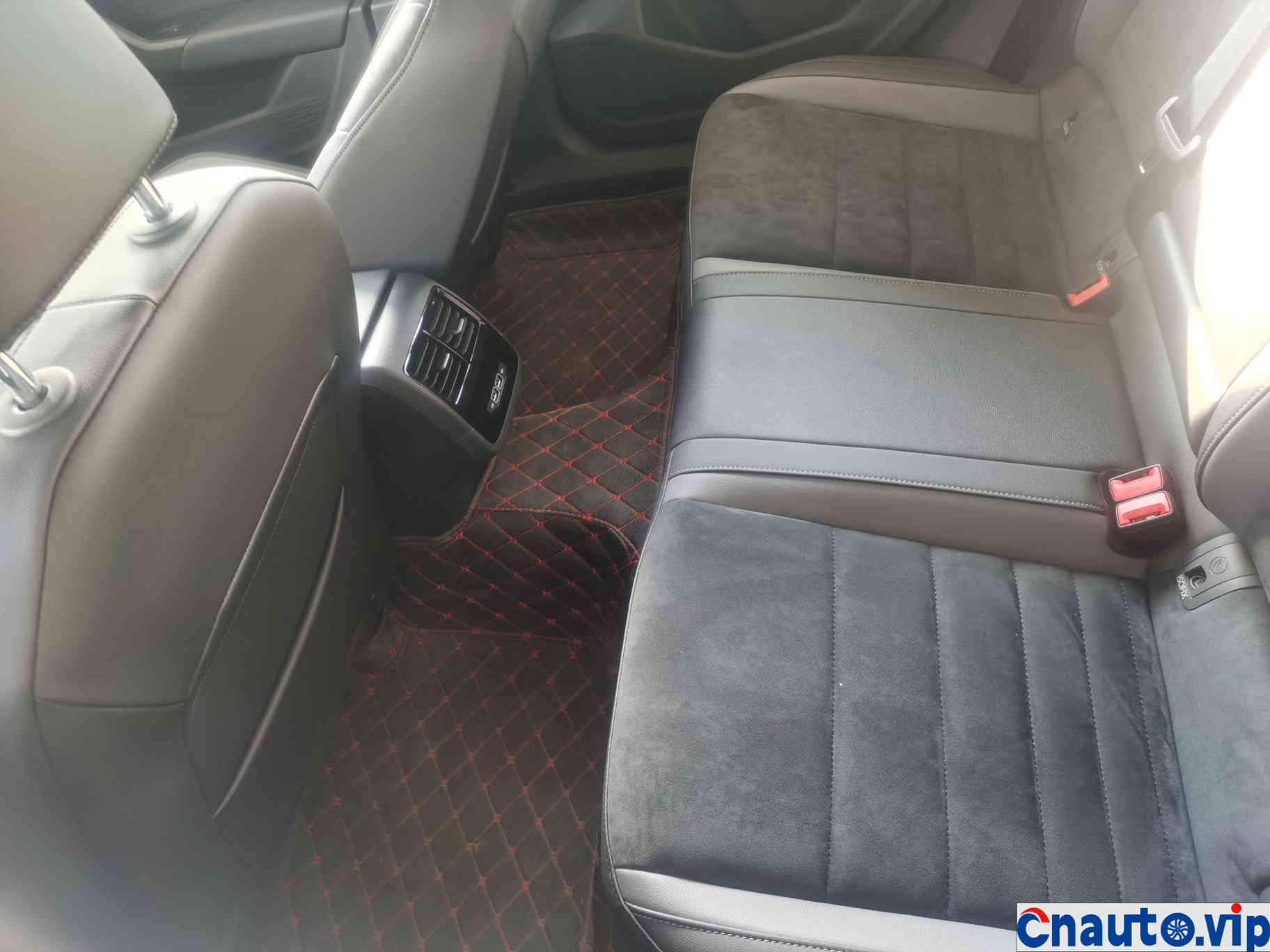

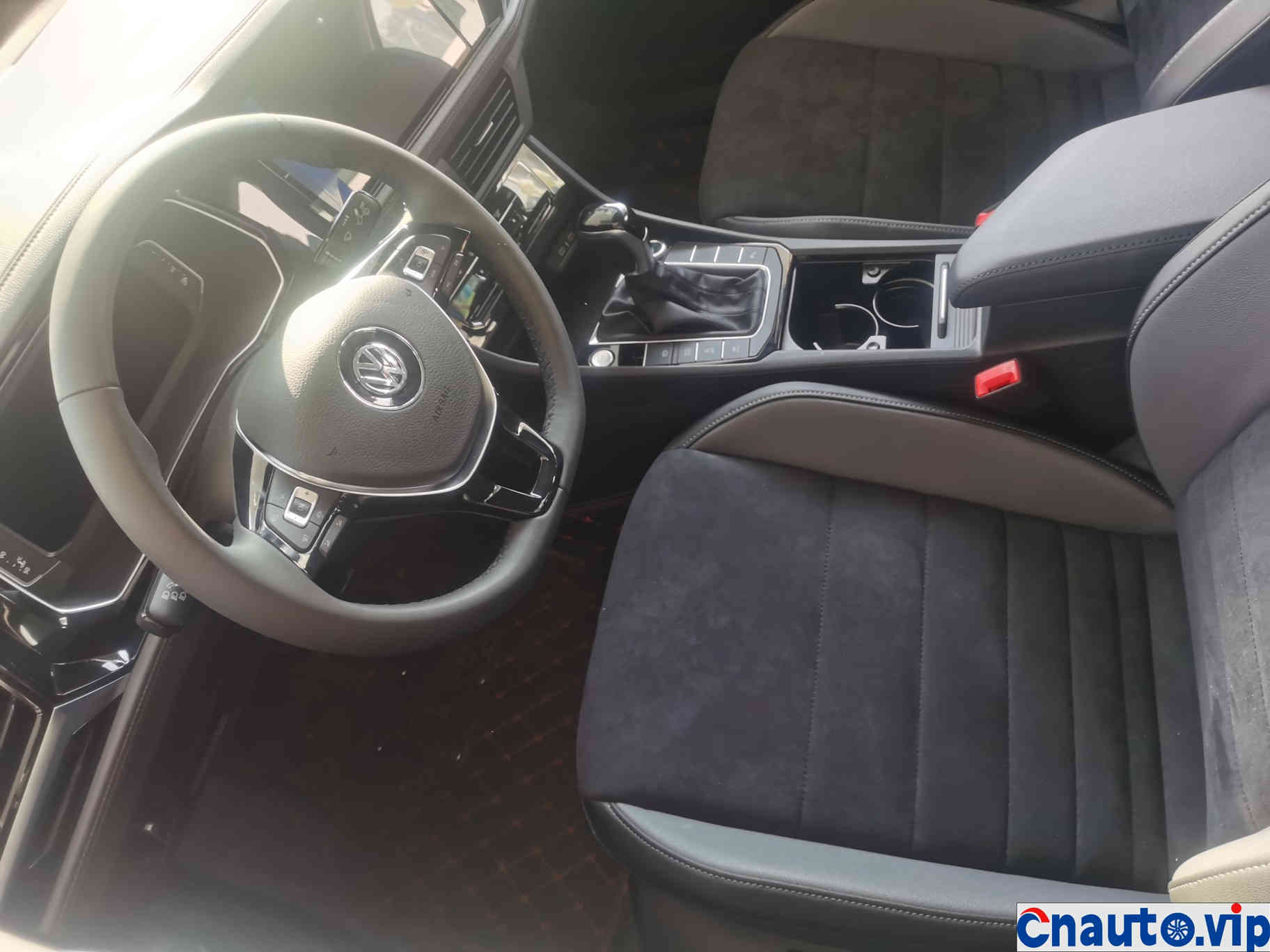


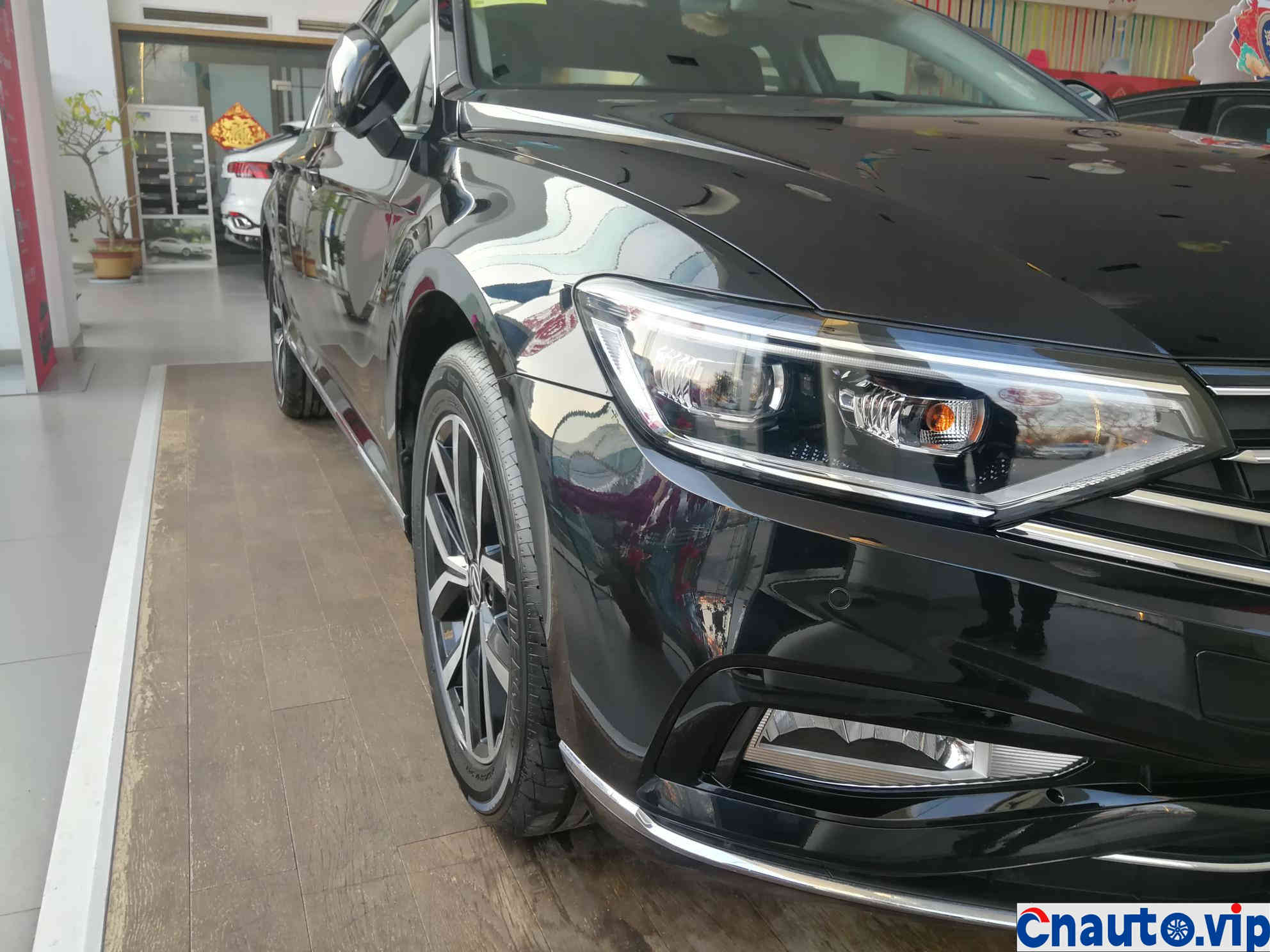
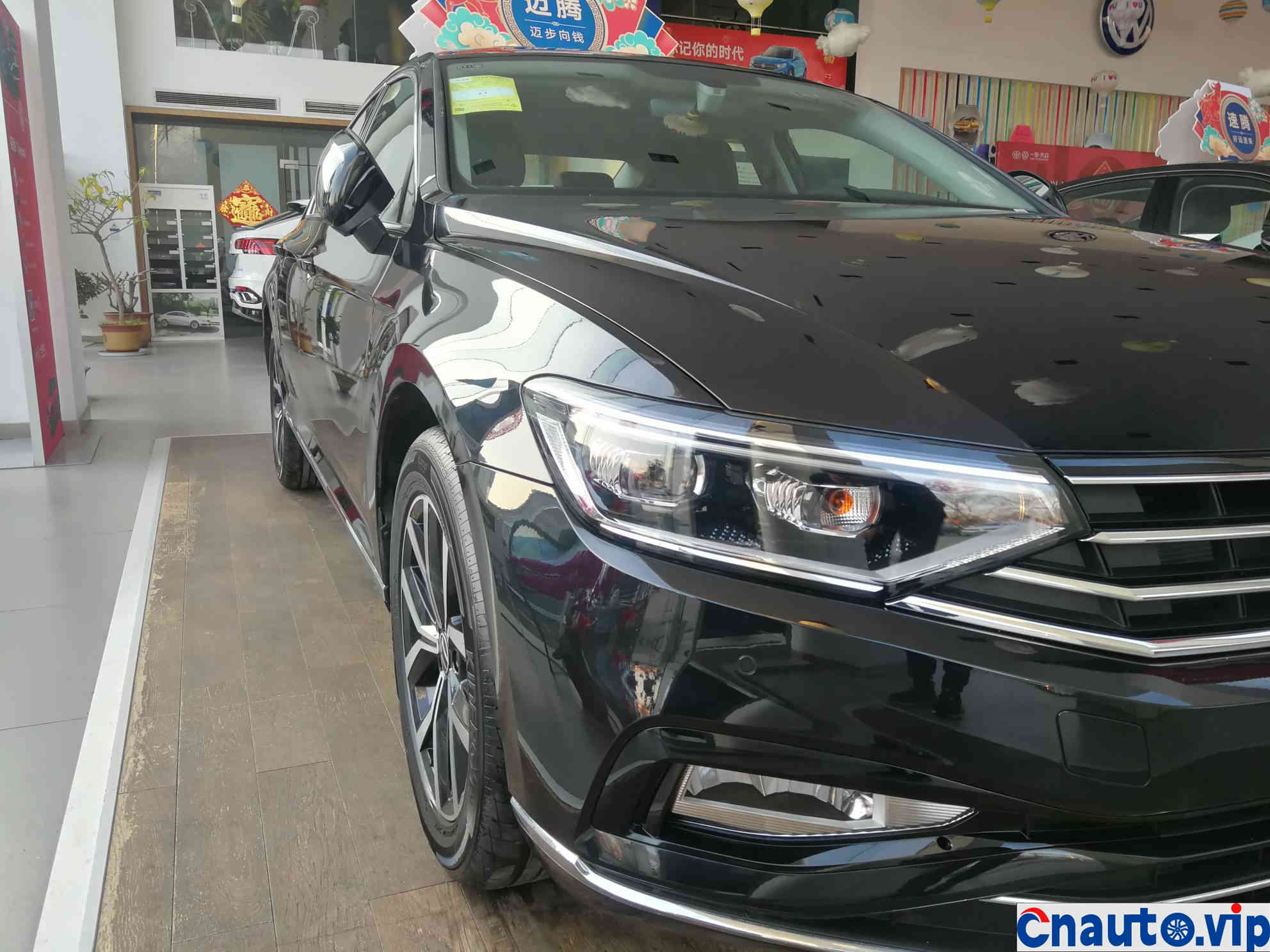
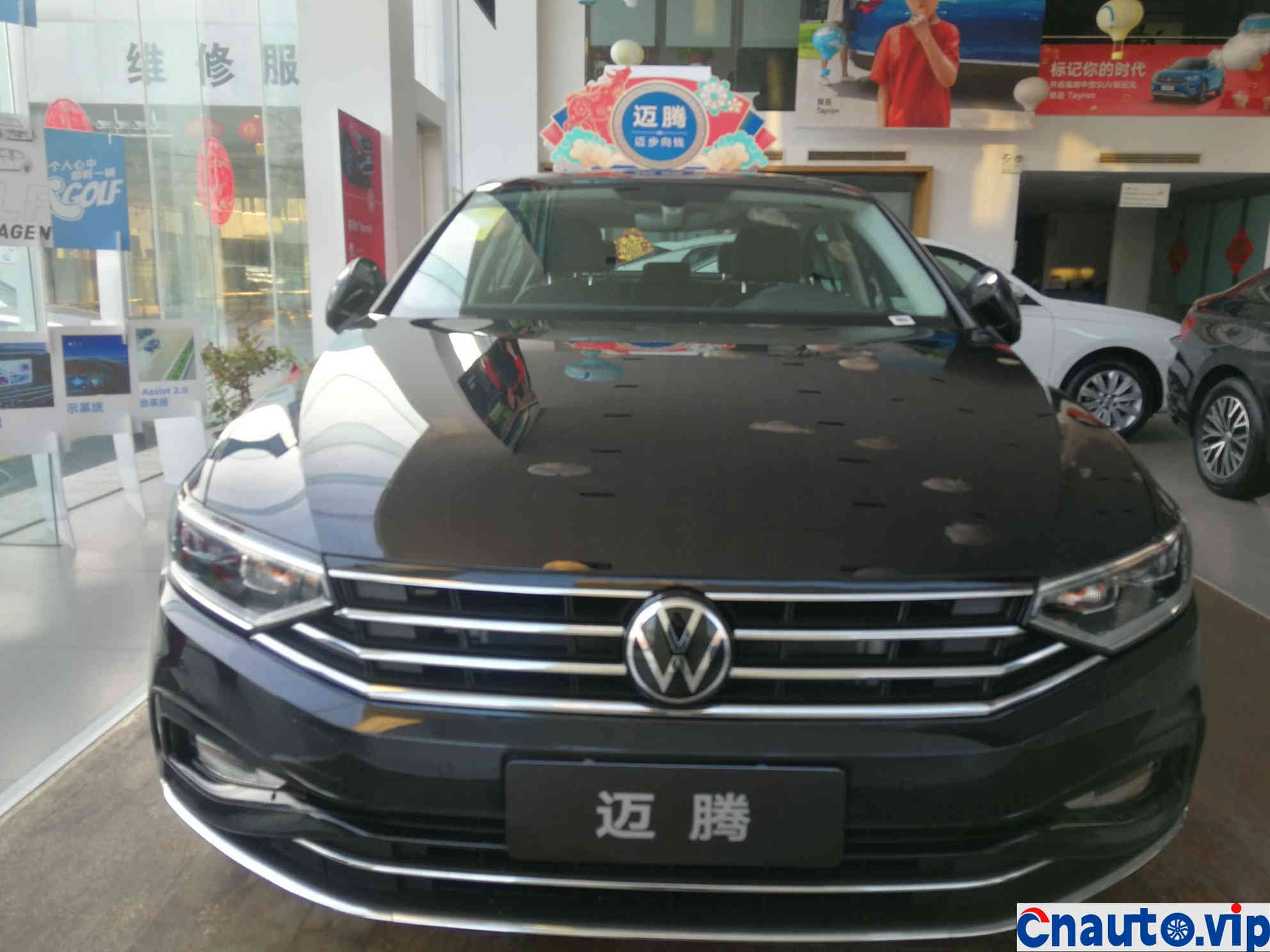

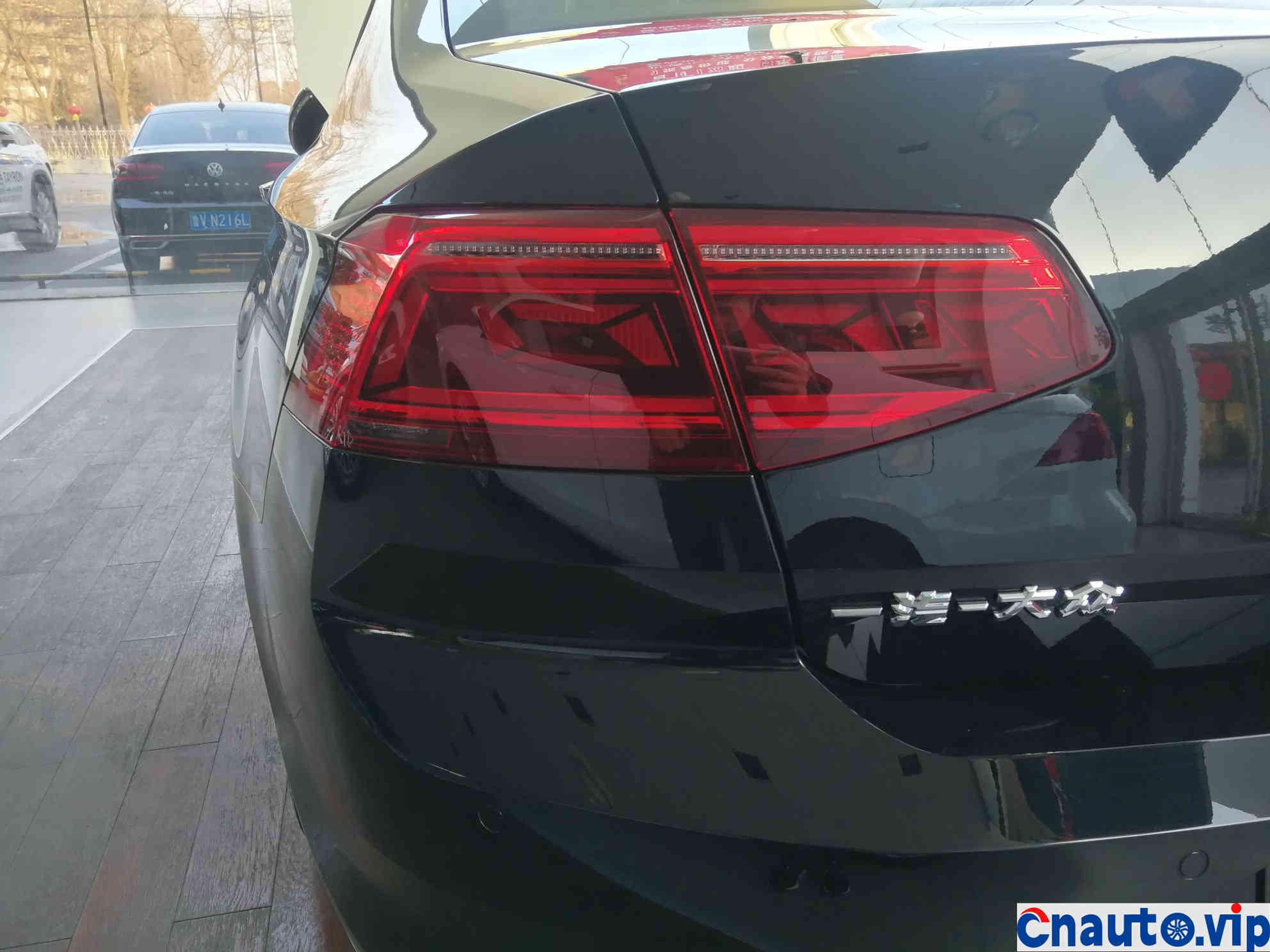

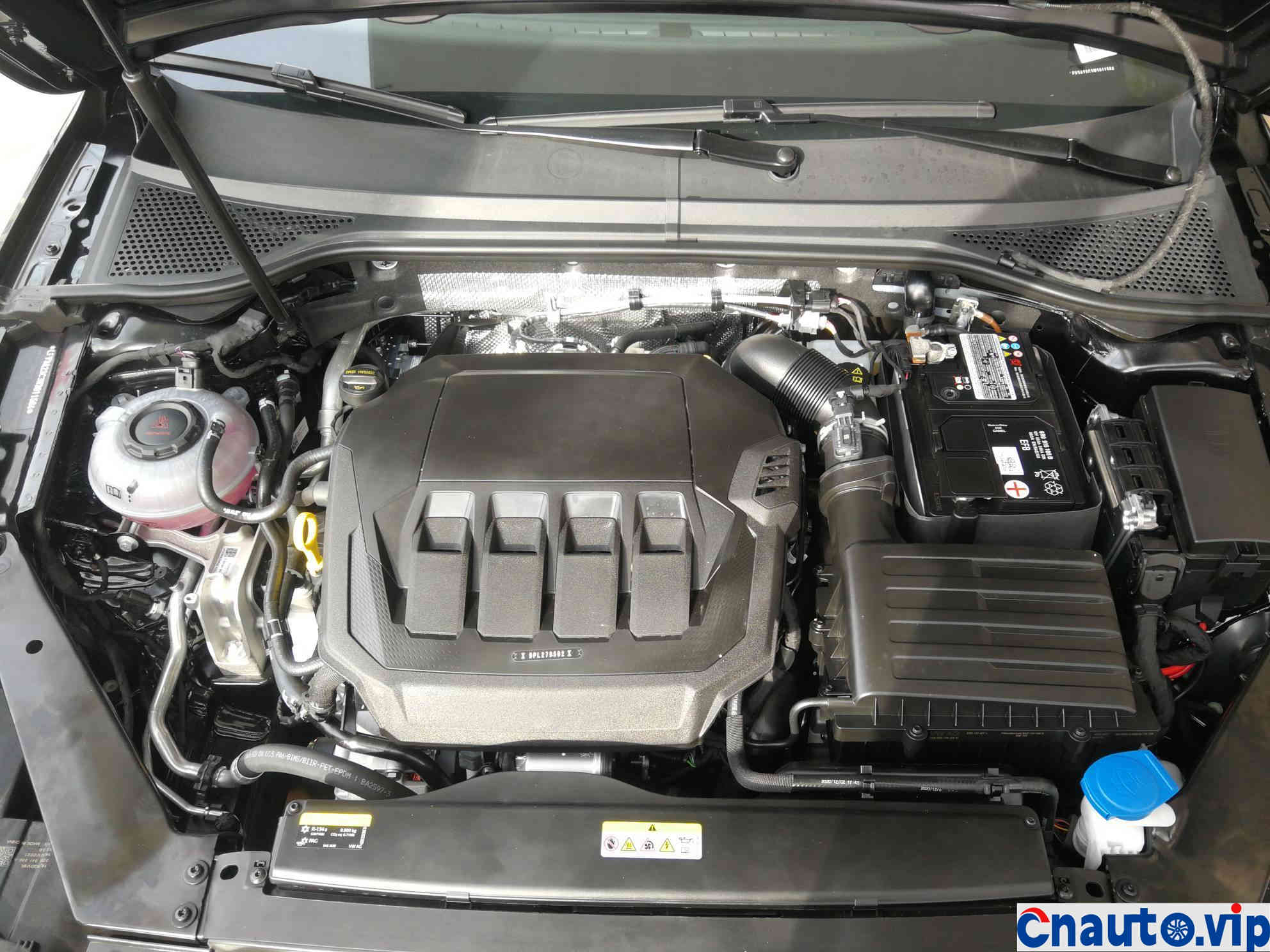
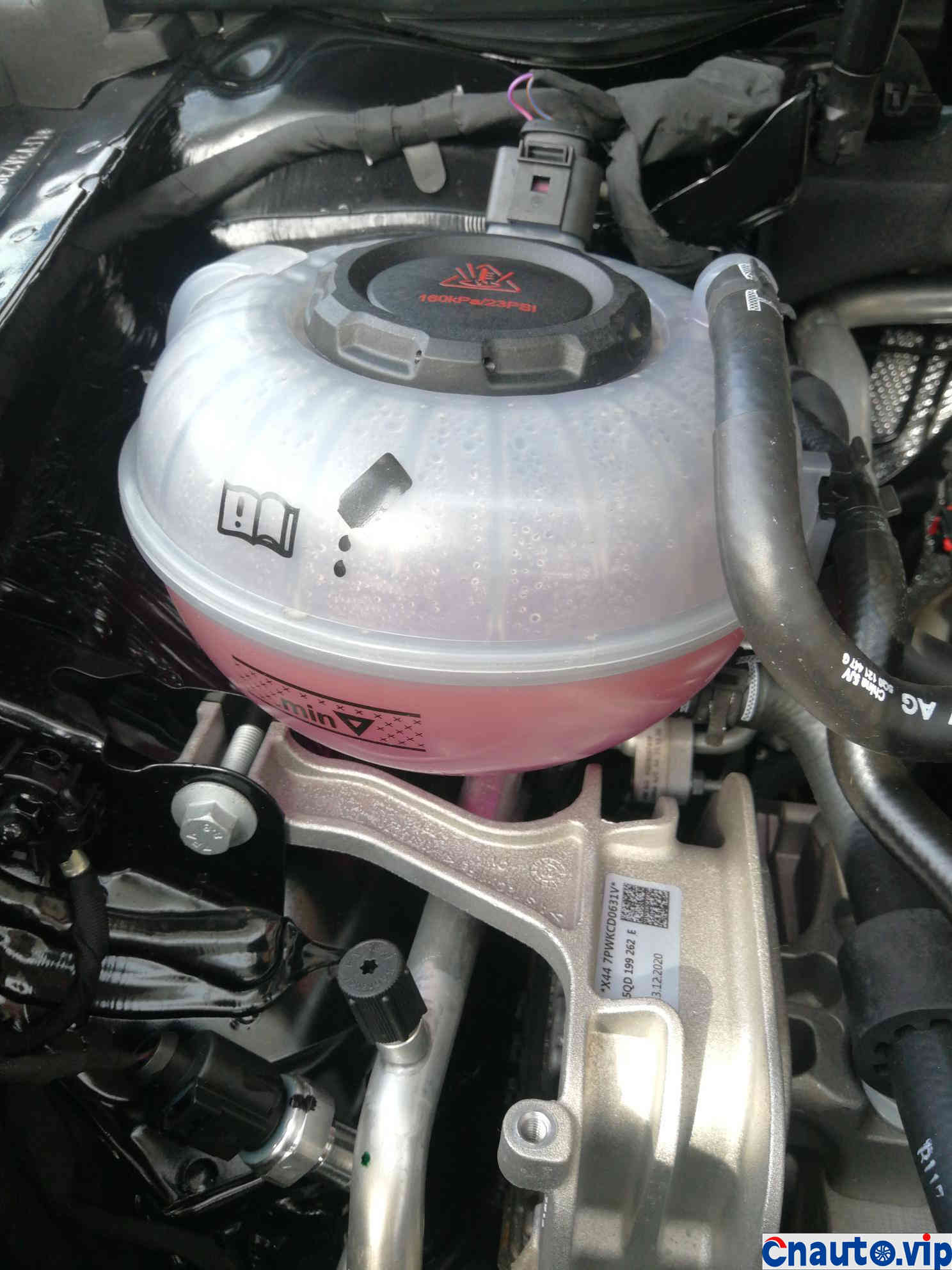
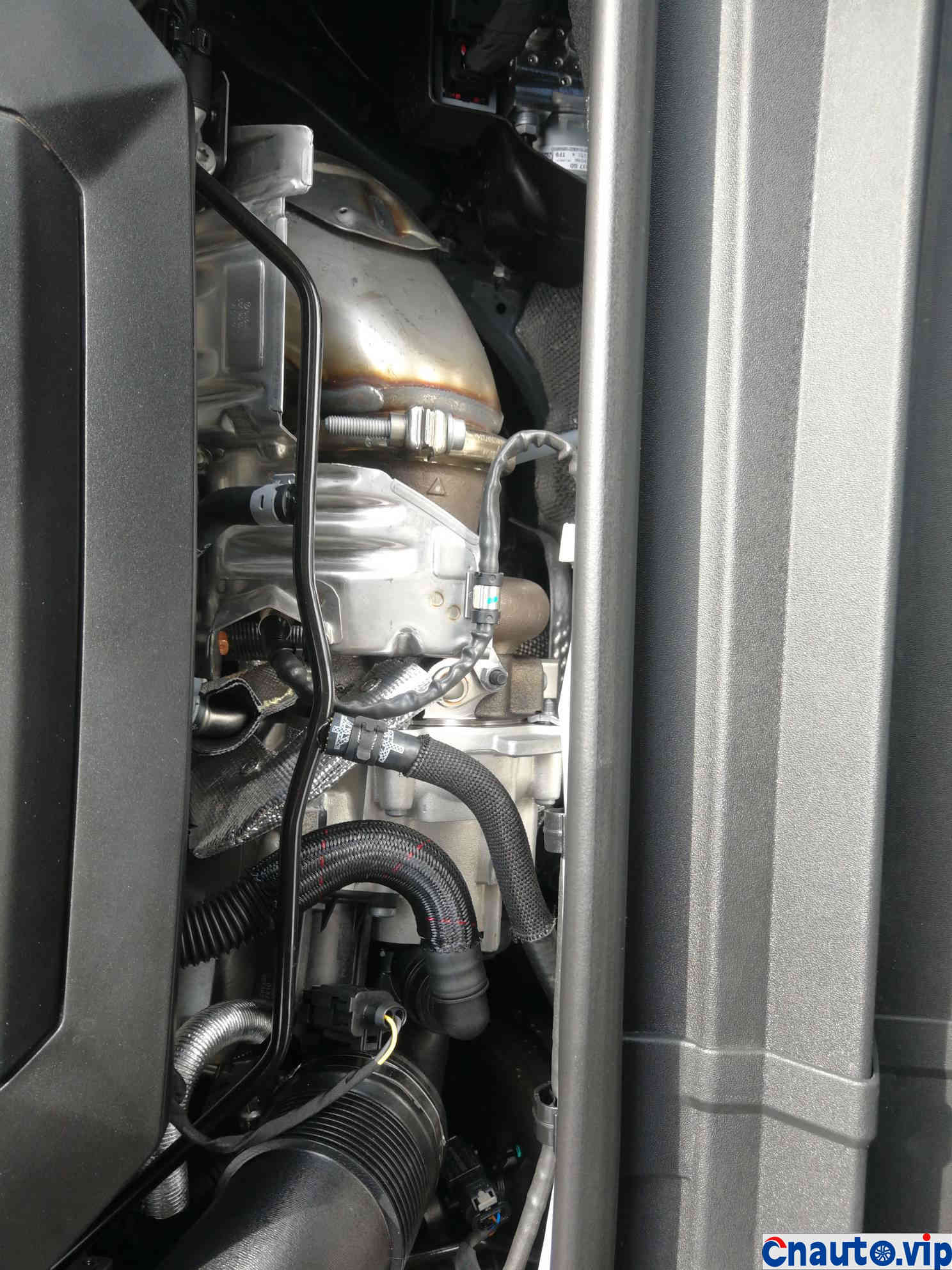

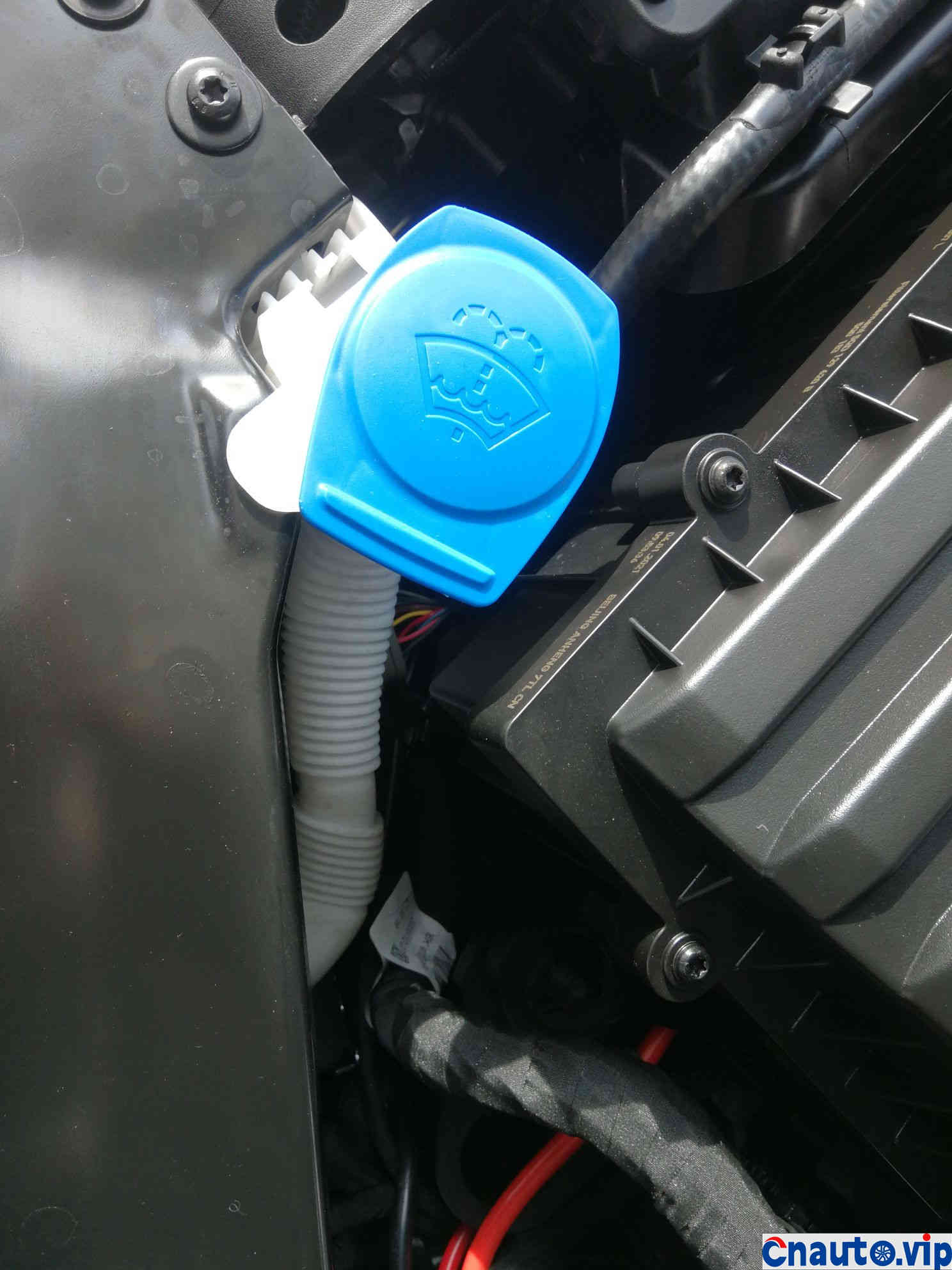

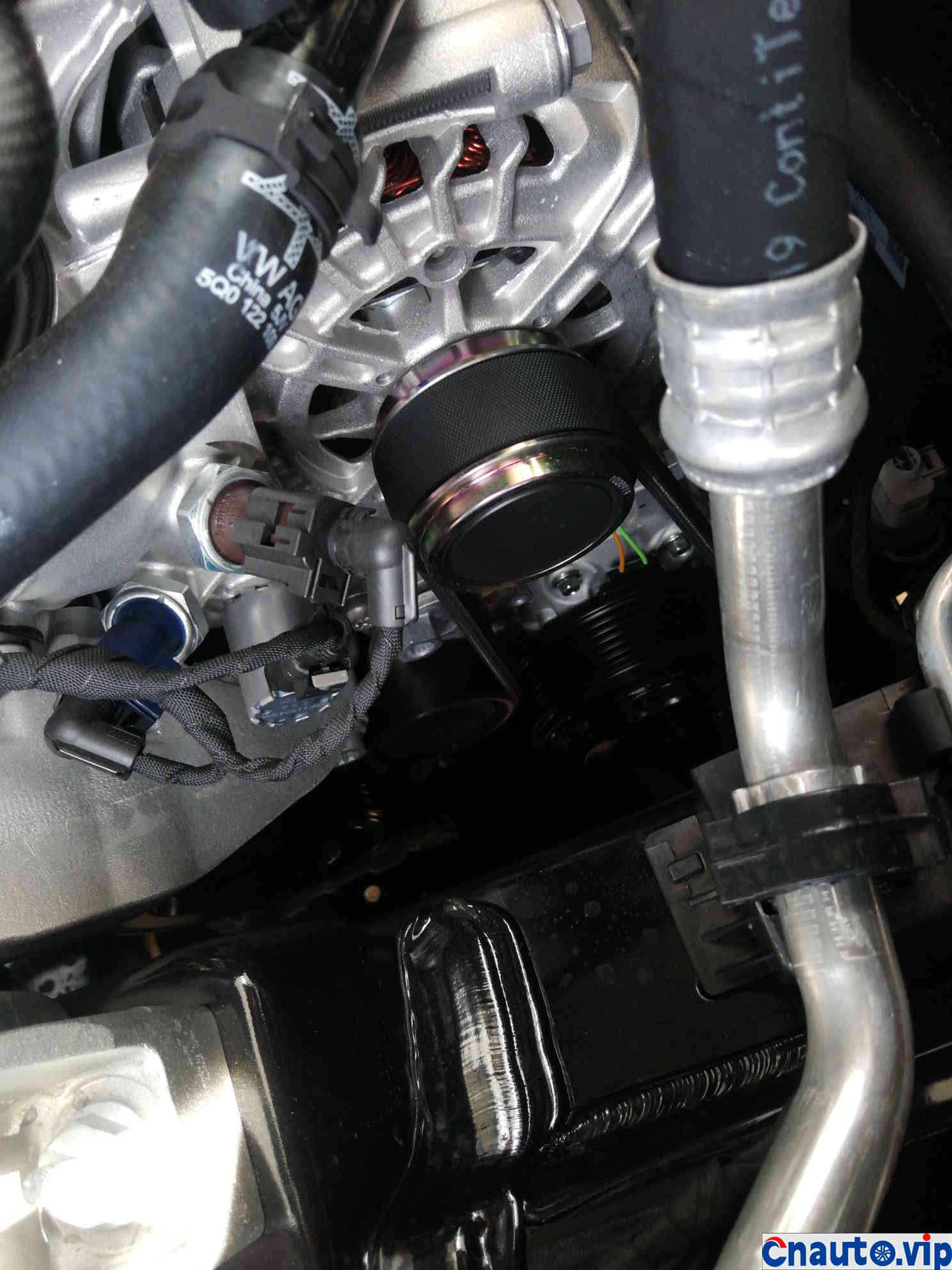


 April 1, 2024
April 1, 2024  March 27, 2024
March 27, 2024 
 March 27, 2024
March 27, 2024 
